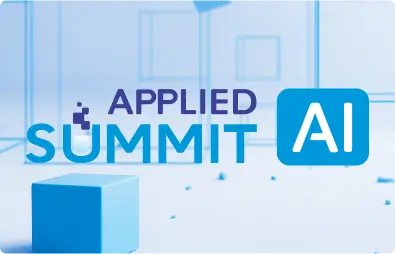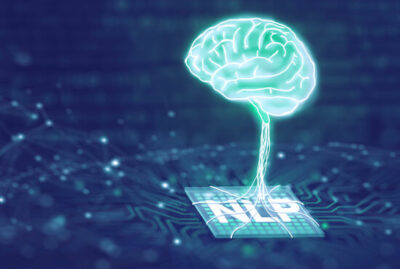Spark NLP is the most widely used Free NLP library in the enterprise, thanks to implementing production-grade, trainable, and scalable versions of state-of-the-art deep learning & transfer learning NLP research. It is also Open Source with a permissive Apache 2.0 license that officially supports Python, Java, and Scala languages backed by a highly active community and JSL members.
Spark NLP library implements core NLP algorithms including lemmatization, part of speech tagging, dependency parsing, named entity recognition, spell checking, multi-class and multi-label text classification, sentiment analysis, emotion detection, unsupervised keyword extraction, and state-of-the-art Transformers such as BERT, ELECTRA, ELMO, ALBERT, XLNet, and Universal Sentence Encoder.
The latest release of Spark NLP 3.0 comes with over 1100+ pretrained models, pipelines, and Transformers in 190+ different languages. It also delivers massive speeds up on both CPU & GPU devices while extending support for the latest computing platforms such as new Databricks runtimes and EMR versions.
The talk will focus on how to scale Apache Spark / PySpark applications in YARN clusters, use GPU in Databricks new Apache Spark 3.x runtimes, and manage large-scale datasets in resource-demanding NLP applications efficiently. We will share benchmarks, tips & tricks, and lessons learned when scaling Spark NLP.
About the speaker

Maziyar Panahi is a Senior Data Scientist and Spark NLP Lead at John Snow Labs with over a decade long experience in public research. He is a senior Big Data engineer and a Cloud architect with extensive experience in computer networks and software engineering. He has been developing software and planning networks for the last 15 years. In the past, he also worked as a network engineer in high-level places after he completed his Microsoft and Cisco training (MCSE, MCSA, and CCNA).
He has been designing and implementing large-scale databases and real-time Web services in public and private Clouds such as AWS, Azure, and OpenStack for the past decade. He is one of the early adopters and main maintainers of the Spark NLP library. He is currently employed by The French National Centre for Scientific Research (CNRS) as a Big Data engineer and System/Network Administrator working at the Institute of Complex Systems of Paris (ISCPIF).























